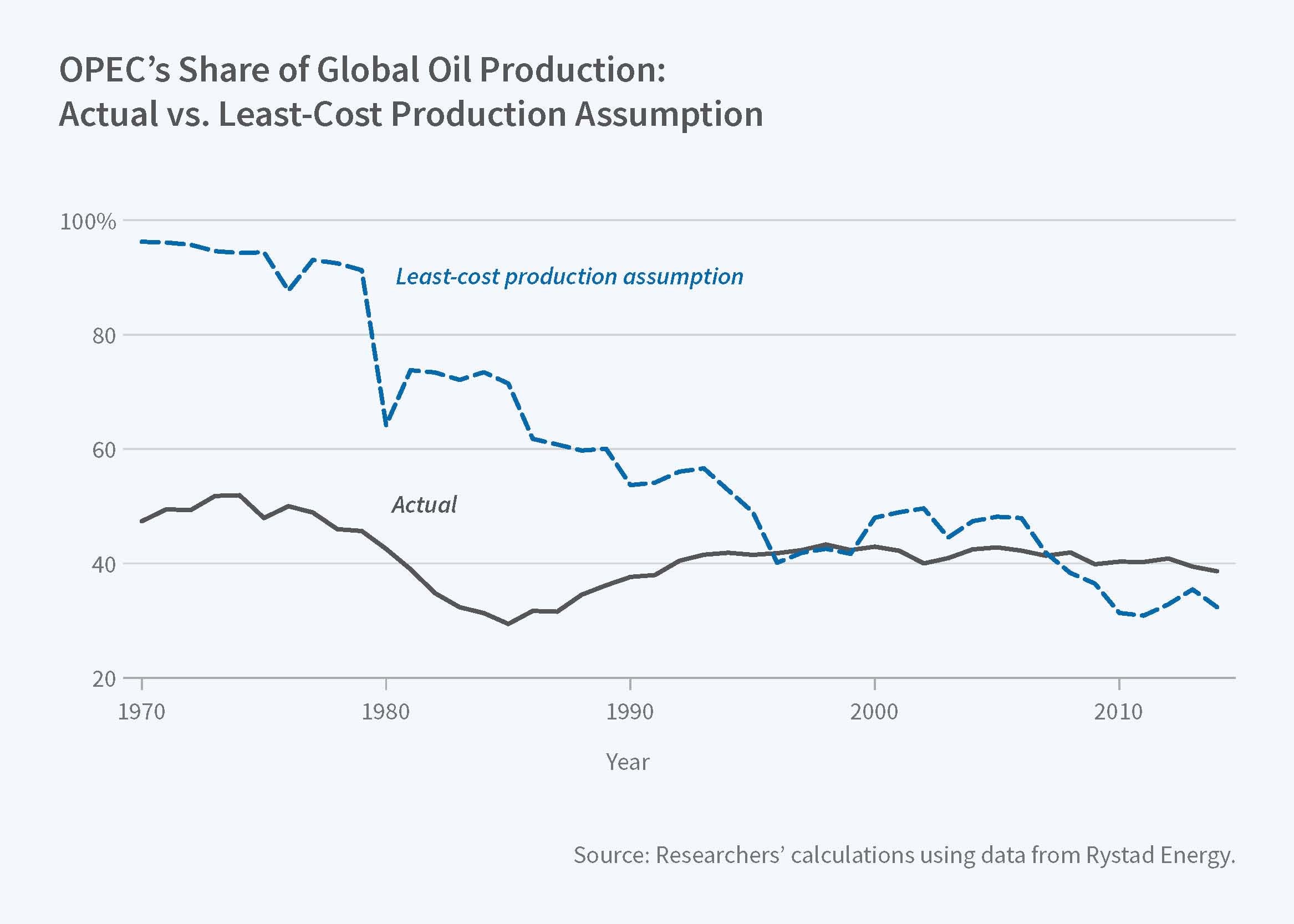Oil prices surged towards $90 a barrel on Wednesday after the Organization of the Petroleum Exporting Countries and its allies (OPEC+) decided to maintain existing production cuts for the first half of 2024. This decision comes amidst ongoing market volatility caused by the war in Ukraine and concerns over potential supply disruptions.
Brent crude, the benchmark for roughly two-thirds of the world's oil contracts, rose 0.73% to $89.57 a barrel by the close of trading on Wednesday. This marks a significant increase from the 15-month low witnessed in March, when the oil market experienced turmoil due to global economic anxieties. The price recovery reflects growing optimism within the industry, with many analysts anticipating a potential breach of the $90 threshold in the near future.
OPEC+'s decision to maintain production cuts stems from their desire to ensure market stability. The alliance, led by Saudi Arabia and Russia, has implemented a series of production adjustments since the onset of the COVID-19 pandemic to address fluctuating demand. However, the recent conflict in Ukraine has thrown a wrench into these efforts, creating fresh uncertainties regarding global oil supplies.
Western nations, particularly the United States, have urged OPEC+ to increase production in order to alleviate pressure on consumers facing rising gasoline prices. The Biden administration has expressed its disapproval of the alliance's decision, arguing that it could exacerbate inflationary pressures. However, OPEC+ has maintained that current production levels are necessary to prevent a price collapse similar to the one witnessed in 2020.
The decision by OPEC+ is likely to have a ripple effect across the global economy. Higher oil prices often translate to increased transportation costs, impacting the prices of a wide range of goods and services. This could further strain economies already grappling with rising inflation.
Looking ahead, several factors will continue to influence oil prices in the coming months. The trajectory of the war in Ukraine remains a major concern, as any escalation could disrupt oil exports and trigger price spikes. Additionally, the pace of global economic recovery will play a crucial role in determining future demand for oil.
The energy sector will be closely watching developments in these areas, as they will determine the direction of the oil market in the near future. With OPEC+ maintaining its production cuts, the possibility of a sustained price increase above $90 a barrel becomes a distinct possibility.

